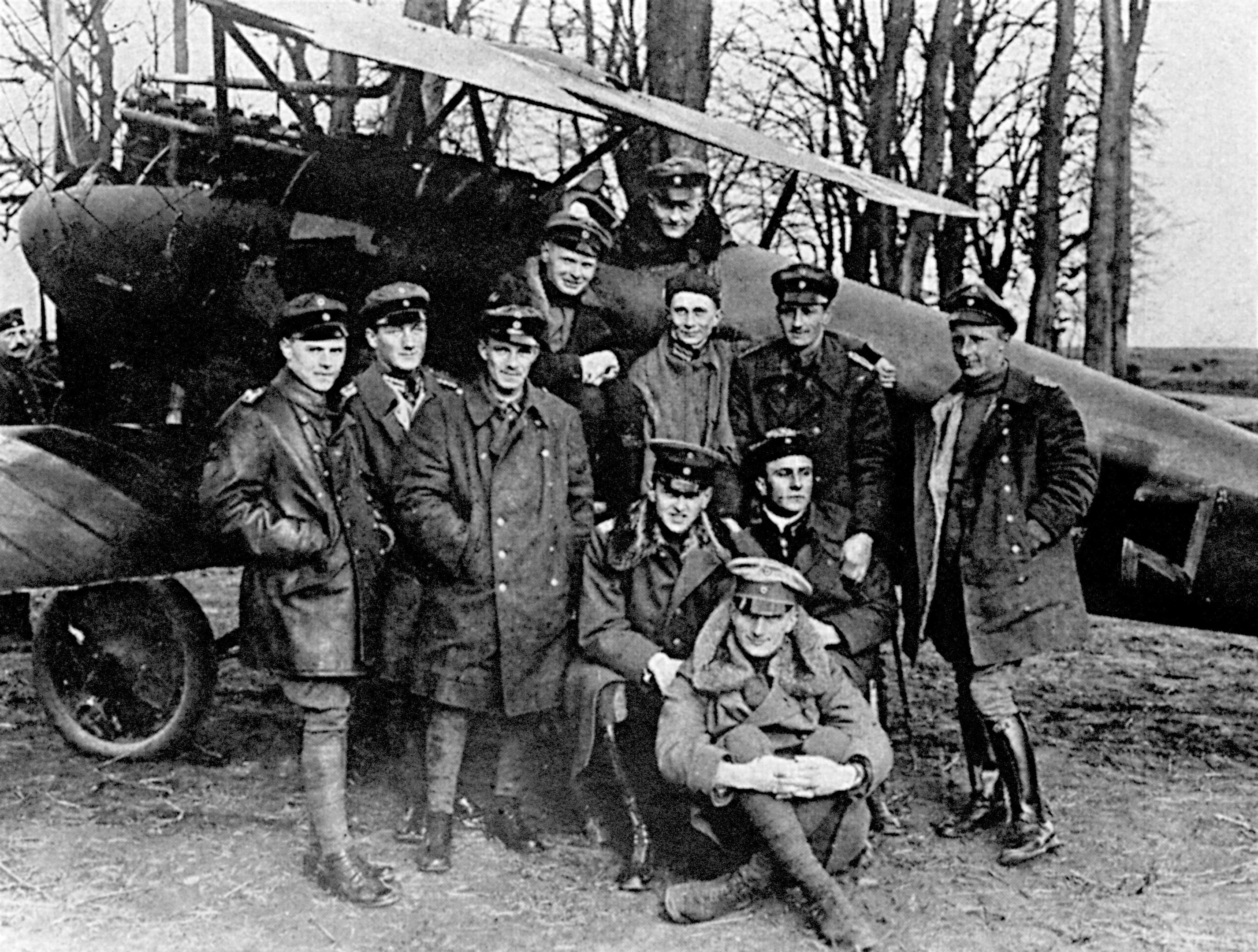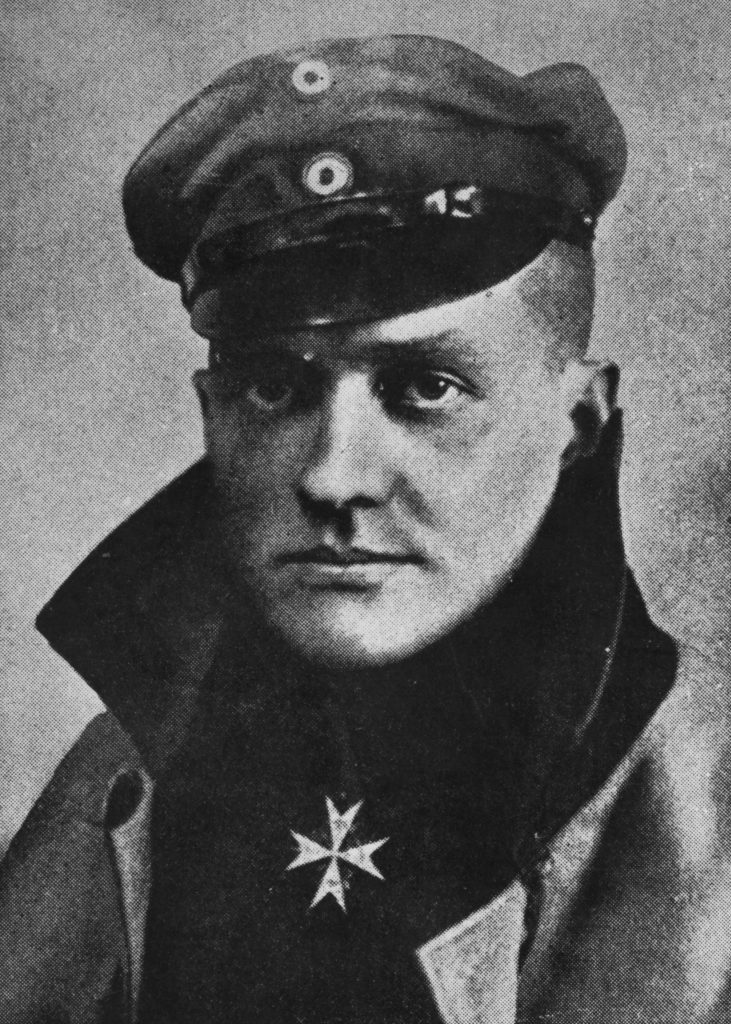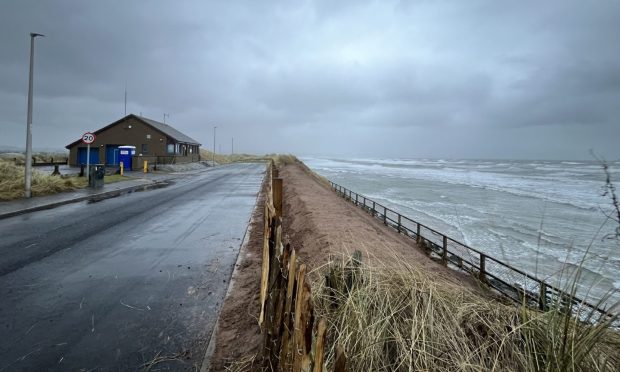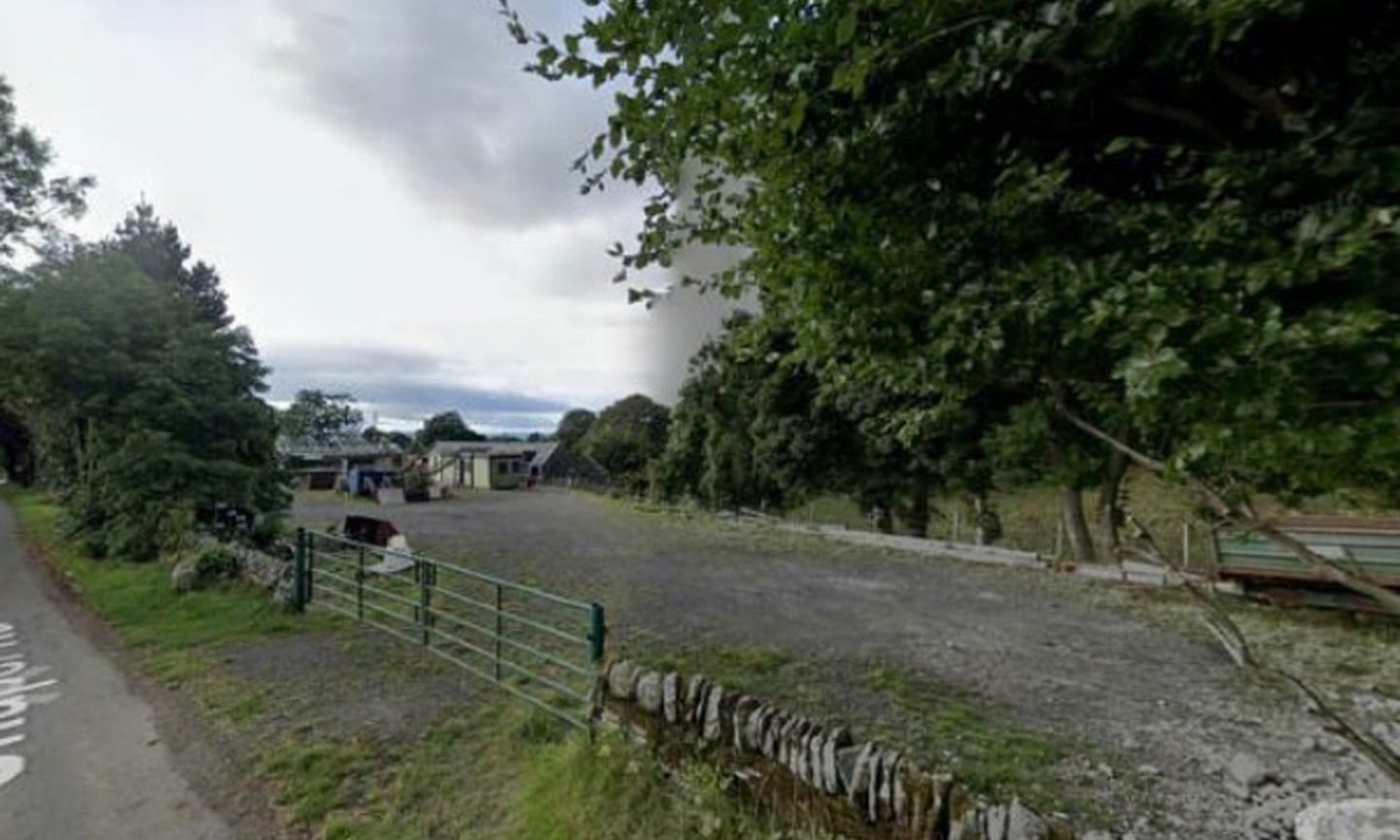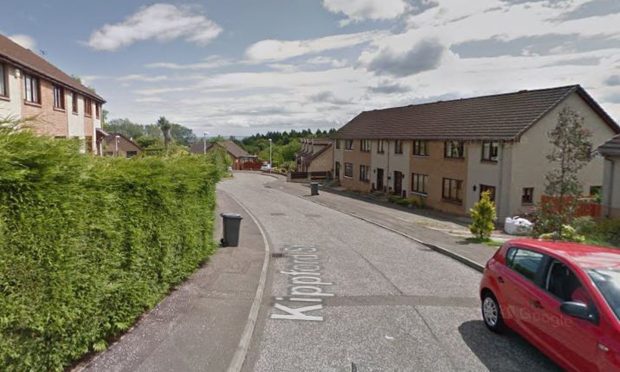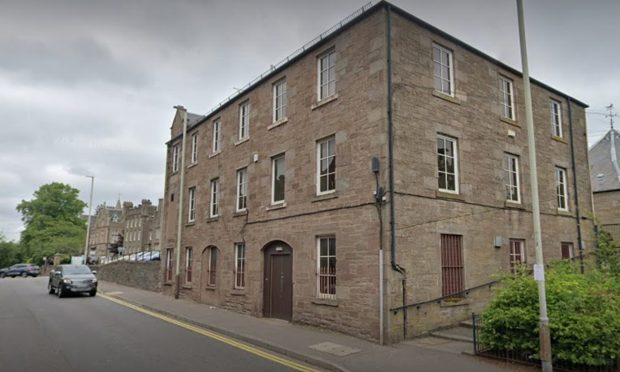It was the day an Angus airman was shot down and killed by the first world war’s most legendary fighter pilot.
Lieutenant Angus Hughes Mearns, 22, from Montrose was flying as observer to his Captain Norman George McNaughton, 27, from London, when they became the Red Baron’s 55th kill — 100 years ago this Saturday, on June 24, 1917.
After scoring his first kill on September 17, 1916, the German pilot spent the next 19 months prowling the skies in his signature red aeroplane, winning one air battle after another.
No name struck more fear into the hearts of Allied airmen than that of Manfred von Richthofen, who was better known as the Red Baron.
He was later shot down and killed in April 1918, but not before he became the war’s highest-scoring fighter ace.
At the outbreak of war, Mearns, an exceptional scholar, was a student of medicine at St Andrews University, having already passed the first of his professional examinations.
He had joined the University Officer Training Corps in 1913 and, as soon as his examinations allowed, he volunteered for active service.
He subsequently was commissioned into the 11th (Special Reserve) Battalion of the Black Watch.
He was then posted to the 9th (Service) Battalion of his regiment on March 14, 1916, and remained on their strength until his successful application for transfer to the Royal Flying Corps was approved on March 11, 1917.
Mearns often flew as observer to the Commanding Officer of 57 Squadron, Major L.A Pattinson, before flying with McNaughton.
Mearns and McNaughton were shot down by the Red Baron whilst on a reconnaissance mission between Keibergmolen in Beselare, Belgium, and Lichtensteinlager.
Richthofen’s combat report said: “0910 hrs, between Keibergmelen and Lichtensteilager, this side of the lines. De Havilland DD. With six machines of my Staffel, I attacked enemy squad consisting of two reconnaissance planes and ten fighters.
“Unimpeded by the enemy fighters, I managed to break one of the reconnaissance planes with my fire.
“The fuselage fell with inmates into a hangar between Keibergmelel (sic) and Lichtensteinlager, this side of our lines.
“The plane exploded when crashing on the ground and destroyed the hangar.
“Baron von Richthofen.”
Both casualties have no grave and are listed on the Arras Memorial to the Missing.
However, they are also listed on the Commonwealth War Graves Commission and the Scottish National War Memorial at Edinburgh Castle.
Lieutenant Mearns name also features on the St Andrews University Roll of Honour and the Montrose War Memorial and the Montrose Academy War Memorial.
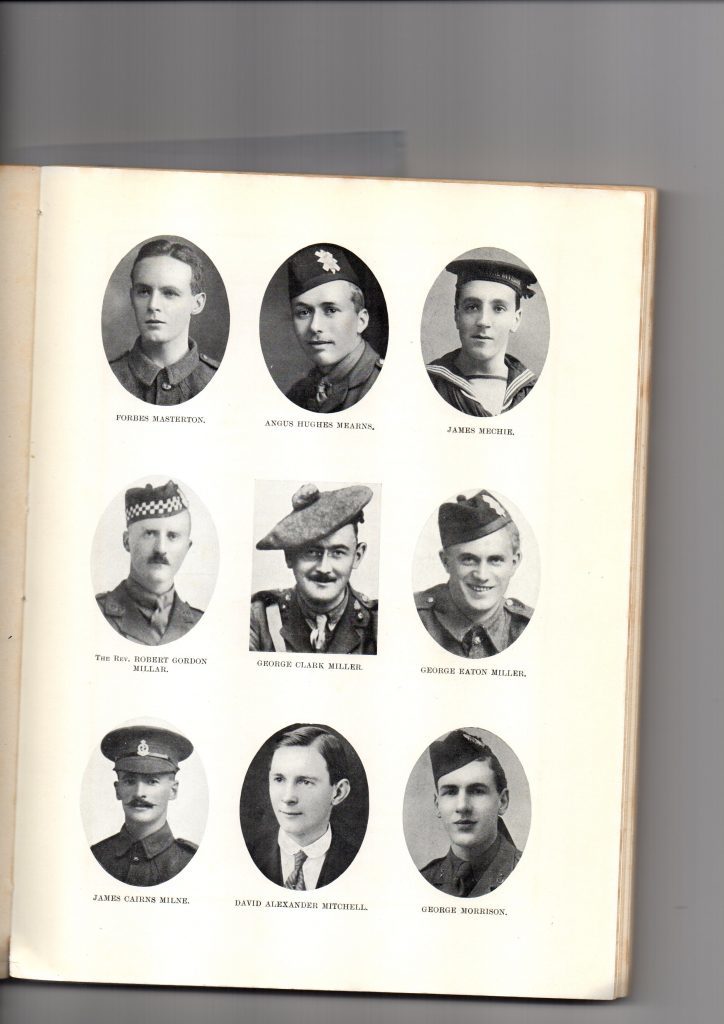
Local historian Patrick Anderson said: “The brother of Lieutenant Mearns was a major in the Royal Army Medical Corps and survived the war .
“The lifespan of an airman during the first world war was short — Lieutenant Mearns qualified as an observer with the RFC on June 8, 1917 and was dead by June 24.
“My own namesake uncle, Lieutenant Patrick Wright Anderson was corporal in the St Andrews University Officer Training Corps at the same time as Lieutenant Mearns.
“He was seriously wounded in action on June 27, 1918 and died back home in Arbroath of his wounds at the end of the Great War.”
